1-Octacosanol
- CAS NO.:557-61-9
- Empirical Formula: C28H58O
- Molecular Weight: 410.76
- MDL number: MFCD00044770
- EINECS: 209-181-2
- SAFETY DATA SHEET (SDS)
- Update Date: 2025-12-16 21:30:20

What is 1-Octacosanol ?
Chemical properties
white crystals or powder
Occurrence
Octacosanol is developed from wheat germ, sugar cane, or vegetable waxes.
The Uses of 1-Octacosanol
A 28-carbon primary fatty alcohol commonly found in the epicuticular waxes of plants. It has shown protective effects against parkonsonism and due to its excellent tolerability and non-toxicity, octacosanol may be a promising agent for PD treatment.
Definition
ChEBI: A long-chain primary fatty alcohol that is octacosane in which a hydrogen attached to one of the terminal carbons is replaced by a hydroxy group.
Benefits
1-octacosanol is a straight-chain aliphatic 28-carbon primary fatty alcohol used as a nutritional supplement. This high-molecular-weight organic compound is the main component of a natural product wax extracted from plants. 1-octacosanol is reported to possess cholesterol-lowering effects, antiaggregatory properties, cytoprotective use, and ergogenic properties. It has been studied as a potential therapeutic agent for treating Parkinson's disease.
General Description
White crystalline powder.
Air & Water Reactions
Insoluble in water.
Reactivity Profile
1-Octacosanol is an alcohol. Flammable and/or toxic gases are generated by the combination of alcohols with alkali metals, nitrides, and strong reducing agents. They react with oxoacids and carboxylic acids to form esters plus water. Oxidizing agents convert them to aldehydes or ketones. Alcohols exhibit both weak acid and weak base behavior. They may initiate the polymerization of isocyanates and epoxides.
Fire Hazard
Flash point data for 1-Octacosanol are not available; however, 1-Octacosanol is probably combustible.
Synthesis
To a solution of octacos-11-en-1-ol (400 mg, 0.98 mmol) in THF (40 mL), 10% of Pd on charcoal (50 mg) was added and poured into a Parr reactor. The reduction was carried out at 80 ℃ and 35 bar H2 under stirring for 4 h. Similar results were achieved when the reaction was performed in a special US reactor (21.2 kHz) that works under pressure (Danacamerini – Torino); the reaction was carried out at 40 ℃ and 6 bar H2 for 3 h. In both cases, after filtration on a celite pad and evaporation under vacuum, a crude product was purified by flash chromatography using hexane: ethyl acetate 19: 1 as eluent. 1-Octacosanol was obtained as a white powder (358 mg, 89% yield)[1].
Purification Methods
Recrystallise it from large volumes of Me2CO. Sublime it at 200-250o/1mm instead of distilling it. [Beilstein 2 IV 1318.]
References
[1] Giancarlo Cravotto. “Synthesis of 1-octacosanol and GC-C-IRMS discrimination of samples from different origin.” Natural Product Research 24 5 (2010): 428–39.
Properties of 1-Octacosanol
| Melting point: | 81-83°C |
| Boiling point: | 200-250°C |
| Density | 0.8681 (rough estimate) |
| refractive index | 1.4559 (estimate) |
| storage temp. | 2-8°C |
| solubility | Acetonitrile (Slightly, Heated), Benzene (Slightly, Heated), Chloroform (Slightl |
| pka | 15.20±0.10(Predicted) |
| form | Crystalline Powder or Flaked Crystals |
| color | White |
| Water Solubility | <0.1 g/100 mL at 21.5 ºC |
| Merck | 14,6744 |
| Stability: | Stable. Light-sensitive. Incompatible with strong oxidizing agents. |
| CAS DataBase Reference | 557-61-9(CAS DataBase Reference) |
| NIST Chemistry Reference | Octacosanol(557-61-9) |
| EPA Substance Registry System | 1-Octacosanol (557-61-9) |
Safety information for 1-Octacosanol
Computed Descriptors for 1-Octacosanol
New Products
4,4-Difluoropiperidine hydrochloride tert-butyl 9-methoxy-3-azaspiro[5.5]undecane-3-carboxylate Indole Methyl Resin N-Isopropylurea N,N-Dicyclohexylcarbodiimide(DCC) MELDRUMS ACID 5-METHYLISOXAZOLE-4-CARBOXYLIC ACID Magnessium Bis glycinate Zinc ascorbate 1-bromo-2-butyne 2-acetamidophenol 9(10H)-anthracenone Erythrosin B, 4-Piperidinopiperidine 2-((4-morpholinophenylamino) (methylthio) methylene) malononitrile 2,4-dihydroxybenzaldehyde 3-(4-morpholinophenylamino)-5-amino-1H-pyrazole-4-carbonitrile Methyl 2-methylquinoline-6-carboxylate 2,6-dichloro-4-nitropyridine 4-Bromo-2-chlorobenzonitrile 2-(benzylamino)acetic acid hydrochloride 4-(tert-Butoxycarbonylamino)but- 2-ynoic acid 3,4-dihydro-2H-benzo[b][1,4]dioxepine 1-Phenyl-1-cycloprppanecarboxylicacidRelated products of tetrahydrofuran
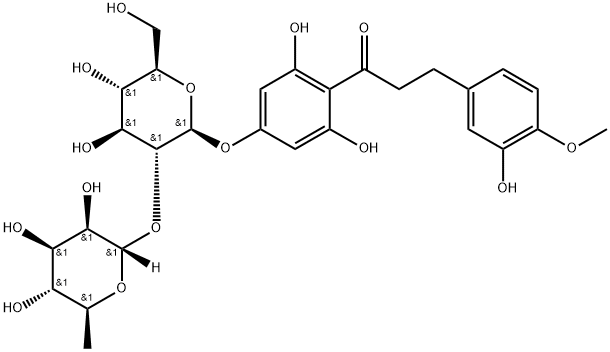
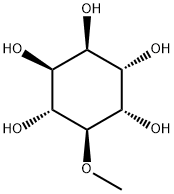
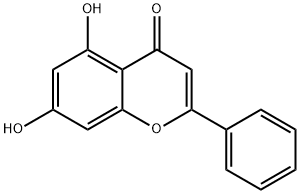


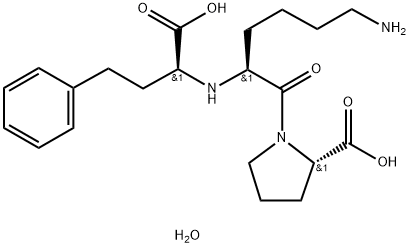
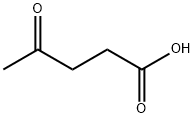

You may like
-
 557-61-9 Policosanol 98%View Details
557-61-9 Policosanol 98%View Details
557-61-9 -
 1-Octacosanol CAS 557-61-9View Details
1-Octacosanol CAS 557-61-9View Details
557-61-9 -
 1-Octacosanol CAS 557-61-9View Details
1-Octacosanol CAS 557-61-9View Details
557-61-9 -
 98% Octacosanol Powder APIView Details
98% Octacosanol Powder APIView Details
557-61-9 -
 Policosanol, Grade Standard: Industrial GradeView Details
Policosanol, Grade Standard: Industrial GradeView Details
142583-61-7 -
 20677-73-0 (2,2-diethoxyethyl)methylamine 98%View Details
20677-73-0 (2,2-diethoxyethyl)methylamine 98%View Details
20677-73-0 -
 3-(4-(hydroxyamino)-1-oxoisoindolin-2-yl)piperidine-2,6-dione 98%View Details
3-(4-(hydroxyamino)-1-oxoisoindolin-2-yl)piperidine-2,6-dione 98%View Details -
 57381-49-4 2-bromo-4-chlorobenzonitrile 98%View Details
57381-49-4 2-bromo-4-chlorobenzonitrile 98%View Details
57381-49-4
